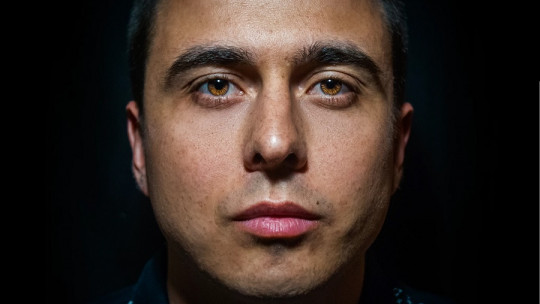
Dissociative amnesia is included in dissociative disorders It involves not being able to remember relevant personal information, such as an event or one’s own identity. It usually appears as a consequence of experiencing a highly traumatic or stressful event.
There are five different types of dissociative amnesia, depending on its manifestation. In this article we will learn about the characteristics of this disorder, its symptoms, causes and possible treatments.
What is dissociative amnesia?
Dissociative amnesia is a type of dissociative disorder that appears as such in the DSM (Diagnostic Manual of Mental Disorders). Only one episode of amnesia is necessary to diagnose it (although more may occur).
Dissociative disorders encompass a series of psychological disorders that involve a disconnection or break in the processes of memory, identity, perception and/or consciousness That is, they imply a lack of continuity in some (or between some) of these aspects or processes of the person.
Symptoms
The main symptom of dissociative amnesia is a significant impairment in the ability to remember important personal information One or more episodes may occur, although only one is necessary to diagnose dissociative amnesia.
Generally the information that is forgotten is of a traumatic or stressful nature. This inability to remember is too extensive to be explained by ordinary or “normal” forgetting. The symptoms cause significant discomfort in the person or interfere with the person’s life and functioning.
Furthermore, in order to make the diagnosis, this alteration that occurs in the ability to remember, does not occur exclusively within another mental disorder such as dissociative identity disorder, dissociative fugues, post-traumatic stress disorder (PTSD), somatization disorder, etc.
Amnesia is also not caused by the direct effects of a psychoactive substance (drug) or a medication, nor is it explained by a medical or neurological illness.
Characteristics
The information that is “lost” or forgotten in dissociative amnesia is generally part of the person’s conscious awareness, that is, it is their autobiographical memory that is affected. However, even if the person cannot access this information, it can still influence behavior.
For example, consider a woman with dissociative amnesia who has been raped in an elevator, and who cannot get back on one even though she is unable to remember the event.
The 12-month prevalence of dissociative amnesia is around 1.8%; It is more common in women (2.6%) compared to men (1%).
Causes
Dissociative disorders generally arise as a reaction to an extremely stressful or traumatic situation (a trauma); They arise as a defense mechanism for the person (although maladaptive), to “protect” them from memories that are too traumatic or difficult to process.
These are reactive responses to external situations, but taken to the extreme and dysfunctional ; Thus, when these responses become disorders, they logically become maladaptive responses.
In this way, dissociative amnesia It usually occurs due to highly traumatic situations that the person lives and is incapable of processing in a functional way. These traumatic or stressful experiences can be experienced directly (for example sexual abuse) or they can simply be witnessed.
Guys
Dissociative amnesia can be of five types: localized, selective, generalized, systematized and continuous.
1. Localized amnesia
Localized amnesia involves not being able to remember a specific event or a specific period of time. They are specific gaps in memory, and are related to trauma or stressors In this case the amnesia can last hours, days or longer. Generally the forgotten period ranges from minutes to decades, but what is characteristic here is that the period is clearly delimited.
2. Selective amnesia
This second type of dissociative amnesia involves forgetting only some events (or specific parts of them) for a certain period of time. It may appear together with the previous one.
3. Generalized amnesia
Here the memory impairment is much greater, and can lead patients to forget their own identity and life history Some of them cannot even access the skills learned, and even lose the information they have about the world. Its onset is sudden.
It is less common than the previous ones, and more common among war veterans, people who have been sexually assaulted, and people who have experienced extreme stress or conflict.
4. Systematized amnesia
In this case the person forgets information of a specific category or nature for example information about the sound surrounding an event, about a specific person, visual elements, smells, etc.
5. Continuous amnesia
In continuous dissociative amnesia, people forget information from a specific point in time to the present (covering the present). That is, there is a retrograde (of the past) and anterograde (of the present) amnesia.
In this case, most patients are aware (or partly) of their memory gaps.
Treatment
The treatment of dissociative amnesia includes psychotherapy and some types of drugs (antidepressants, anxiolytics), the latter being complementary to psychological intervention (ideally, they should be used in this way to facilitate psychotherapeutic work, so that the patient is calmer be able to access it.
Psychological therapy will have as one of its objectives that the person can process and understand what they experienced that is why we must work on the event and the psychological consequences that it is producing.
People with dissociative amnesia may appear confused and distressed; Others, however, may be indifferent. It will be essential to work from empathy and flexibility.








